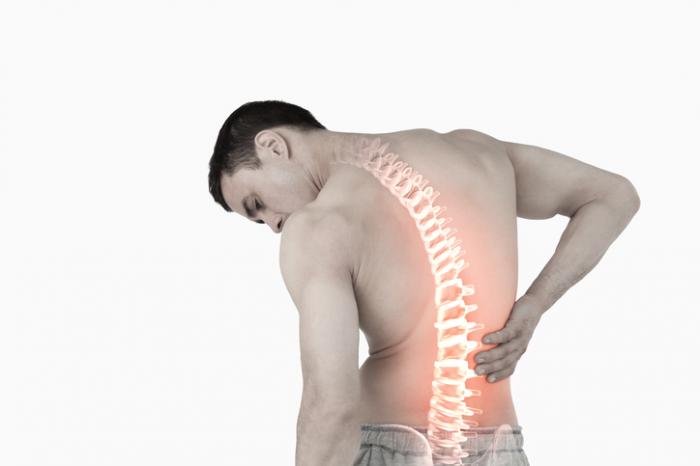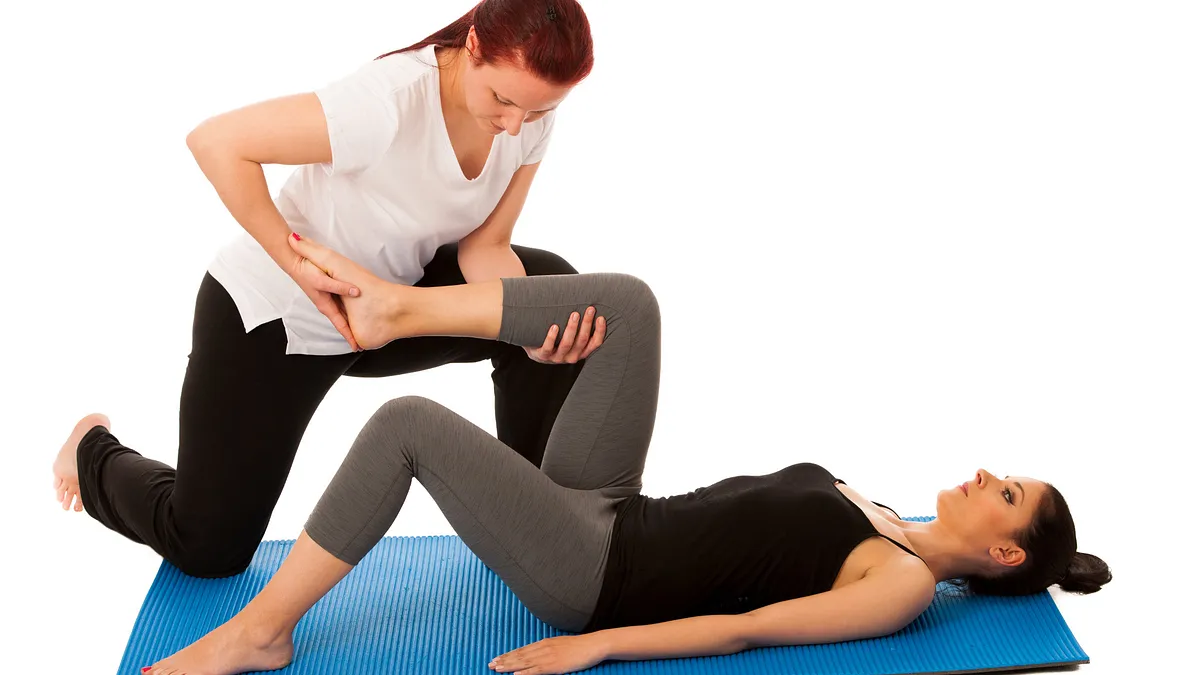Say Goodbye to Low Back Pain: Expert Tips from Physio Labs Australia
Are you constantly plagued by acute low back pain or experiencing lower back pain symptoms? Does a dull ache or a sharp pain hinder your movement? Low back pain, also known as lumbago, is a common disorder that can affect individuals of all ages. In this comprehensive guide, Physio Labs Australia provides expert tips and insights into the symptoms, causes, and treatments for low back pain.

Outline of lower back pain:
- Introduction
- Causes of Low Back Pain
- Muscular Causes
- Spinal Causes
- Inflammatory Causes
- Other Causes
- Understanding Low Back Pain
- Definition and Description
- Reputable Sources on Low Back Pain
- Types of Low Back Pain
- Acute Low Back Pain
- Chronic Low Back Pain
- Mechanical Causes
- Non-Mechanical Causes
- Referred Pain from the Low Back
- Risk Factors
- Treatment Options
- Non-Surgical Treatments
- Surgical Treatments
- Alternative Therapies
- Prevention of Low Back Pain
- Conclusion
- FAQs
- Can low back pain be prevented?
- What are the non-surgical treatment options for low back pain?
- When should surgical treatments be considered for low back pain?
- Are alternative therapies effective in reducing low back pain?
- How can I improve my posture to prevent low back pain?
Introduction to chronic back pain
Low back pain is a widespread health problem that can be caused by various factors. It is essential to identify the specific cause of low back pain to determine an appropriate treatment plan. In this article, Physio Labs Australia aims to provide valuable information and expert tips to help individuals effectively manage and alleviate low back pain.
Causes of Back Pain symptoms
Low back pain can stem from multiple causes, including muscular, spinal, inflammatory, and other factors. Muscular causes involve strain or sprain due to heavy lifting or sudden movements. Spinal causes include degenerative disc disease, herniated discs, spinal stenosis, and fractures. Inflammatory causes encompass conditions like ankylosing spondylitis and rheumatoid arthritis. Other causes may include infections, tumors, and kidney stones [1].
Understanding Low Back Pain (in the spine)
To gain a deeper understanding of low back pain, it is crucial to explore reputable sources. According to Wikipedia, low back pain or lumbago refers to a common disorder affecting the muscles, nerves, and bones of the back [1]. Healthdirect.gov.au states that lower back pain specifically refers to pain felt in the lower part of the spine, while Mayo Clinic highlights age, lack of exercise, excess weight, diseases, and other factors as contributing factors to back pain [2][3].
Types of Back Pain
Low back pain can manifest in various forms, including acute and chronic pain. Mechanical causes of low back pain include herniated or bulging discs, spinal stenosis, osteoarthritis, spondylolisthesis, and sciatica. Non-mechanical causes encompass infections, cancer that has spread to the spine, kidney stones, fibromyalgia, endometriosis, and pelvic inflammatory disease. Additionally, referred pain from the low back can be experienced due to conditions such as pancreatitis, gallbladder disease, ulcerative colitis, and prostatitis [1].
Risk Factors for Chronic Back Pain
Several risk factors increase the likelihood of experiencing low back pain. These include age, lack of exercise, excess weight, genetics, poor posture, and smoking. Understanding these risk factors can help individuals take proactive measures to prevent or manage low back pain effectively.
Back Pain Treated Options 
Treatment options for low back pain depend on the specific cause and severity of the pain. Non-surgical treatments may include physiotherapy, chiropractic care, massage, and medication such as pain relievers, muscle relaxants, or corticosteroids. In severe or chronic cases, surgical treatments such as spinal fusion or disc replacement may be necessary. Alternative therapies like acupuncture or yoga can also be beneficial in reducing pain and improving mobility [1][2][3].
Prevention of Chronic Back Pain
Preventing low back pain involves making lifestyle changes and adopting appropriate measures. Regular exercise, maintaining a healthy weight, practicing good posture, and avoiding prolonged sitting or heavy lifting are essential preventive measures. Taking care of one's back through proper ergonomics and regular physical activity can significantly reduce the risk of low back pain.
Back pain Diagnosed
In conclusion, low back pain is a common condition that can significantly impact an individual's quality of life. By understanding the causes, symptoms, and available treatment options, individuals can effectively manage and alleviate their low back pain. Physio Labs Australia is committed to providing expert tips and guidance to help individuals say goodbye to low back pain and lead a pain-free life.
FAQs
-
Can low back pain be prevented?
- Yes, low back pain can be prevented by adopting a healthy lifestyle, practicing good posture, and engaging in regular exercise.
-
What are the non-surgical treatment options for low back pain?
- Non-surgical treatment options for low back pain include physiotherapy, chiropractic care, massage, and medication such as pain relievers, muscle relaxants, or corticosteroids.
-
When should surgical treatments be considered for low back pain?
- Surgical treatments for low back pain may be necessary in cases of severe or chronic pain that does not respond to non-surgical interventions. Procedures such as spinal fusion or disc replacement may be recommended by healthcare professionals.
-
Are alternative therapies effective in reducing low back pain?
- Alternative therapies such as acupuncture or yoga can be helpful in reducing low back pain and improving mobility. However, it is essential to consult with healthcare professionals to determine the suitability of these therapies for individual cases.
-
How can I improve my posture to prevent low back pain?
- To improve posture and prevent low back pain, it is important to maintain a neutral spine position while sitting, standing, and lifting. Engaging in exercises that strengthen the core muscles can also contribute to better posture and spinal alignment.
Research for Lower back pain treatment and symptoms
-
Healthdirect Australia - Back Pain [1]
- This webpage provides key facts, information on the causes, diagnosis, treatment, prevention, and complications of back pain. It covers various aspects of back pain and offers reliable information from a trusted Australian healthcare resource.
-
Mayo Clinic - Back Pain: Diagnosis and Treatment [2]
- The Mayo Clinic's webpage offers comprehensive information on the diagnosis and treatment of back pain. It discusses the assessment of back pain, diagnostic tests, treatment options, medications, physical therapy, and surgical procedures. Mayo Clinic is widely recognized for its expertise and credibility in medical information.
-
Healthdirect Australia - Spinal Disc Problems [3]
- This webpage focuses on spinal disc problems, including prolapsed discs, degenerative disc disease, and discitis. It provides information on symptoms, causes, diagnosis, treatment, prevention, and complications associated with spinal disc problems. Healthdirect Australia is a trusted source of health information.
-
Wikipedia - Low Back Pain [4]
- Wikipedia's article on low back pain provides a general overview of the topic, covering its definition, causes, risk factors, diagnosis, and treatment options. While Wikipedia should be used with caution and cross-referenced with other reliable sources, it can be a good starting point for obtaining a broad understanding of low back pain.
-
American Academy of Orthopaedic Surgeons - Low Back Pain [5]
- The American Academy of Orthopaedic Surgeons (AAOS) offers an informative webpage on low back pain. It provides an overview of the condition, its causes, symptoms, diagnosis, and treatment options. AAOS is a reputable organization in the field of orthopedics, and their content can be considered authoritative.
-
URL: https://www.physiotherapy-treatment.com/low-back-pain.html
- Title: Low Back Pain: Symptoms, Treatment, and Exercises
- This webpage offers comprehensive information on low back pain, including its symptoms, causes, treatment options, and exercises for relief. It provides practical advice and guidance from a physiotherapy perspective, making it a valuable resource [4].
-
URL: https://www.ninds.nih.gov/Disorders/All-Disorders/Back-Pain-Information-Page
- Title: Back Pain Information Page
- This webpage is maintained by the National Institute of Neurological Disorders and Stroke (NINDS). It provides reliable information on back pain, including its causes, symptoms, diagnosis, treatment, and ongoing research. The NINDS is a reputable source of scientific and medical information [5].



